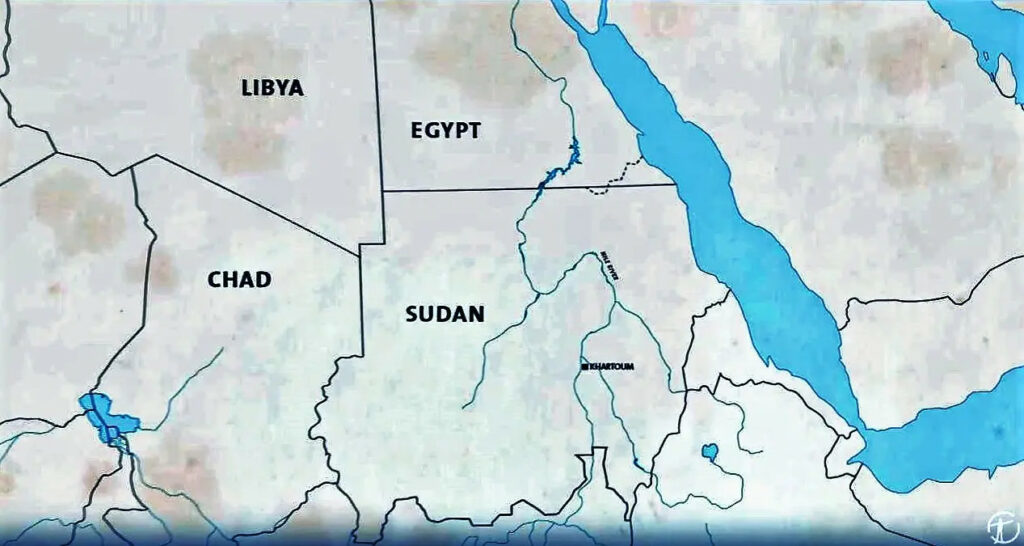Unveiling a 5,600-Year-Old Secret in the Sahara
In the heart of southwestern Libya’s desert mountains lies a discovery that rewrites the history of mummification in Africa. While Egypt is renowned for its ancient mummies, a remarkable find in Libya predates them by over a millennium.

The Discovery of Tashwinat

In the winter of 1958, archaeologist Fabrizio Mori made an astonishing discovery at Uan Muhuggiag, a site once inhabited by cattle herders. Beneath the soft sand floor of a natural cave shelter, Mori unearthed a bundle that would change our understanding of ancient African burial practices.
A Glimpse into Ancient Mummification Techniques

The bundle contained the mummified remains of a 3-year-old child, now known as Tashwinat. This tiny mummy, wrapped in animal skin and leaves, had undergone a sophisticated mummification process. The child’s internal organs were removed post-mortem and replaced with herbs, likely for preservation purposes.
Life in a Green Sahara
At the time Tashwinat lived, approximately 5,400 to 5,600 years ago, the Sahara was a lush, green landscape. Rock art depicting diverse wildlife and ancient fishing tools found in the region paint a picture of a thriving ecosystem vastly different from today’s arid desert.
Rewriting Mummification History

The discovery of Tashwinat challenges our previous assumptions about the origins of mummification in Africa. Predating Egyptian mummies by over 1,000 years, this find suggests a much deeper and more complex history of mummification practices on the continent.

While the connection between these early Libyan techniques and later Egyptian practices remains unclear, Tashwinat stands as a testament to the ingenuity and cultural richness of ancient African civilizations, inviting us to reconsider our understanding of early human history in the region.
